Former GE chief Jack Welch called the budget “the bane of corporate America”. For most organisations, the annual budget process is a painful, distracting exercise that consumes an enormous amount of time and energy and quickly becomes outdated.
Budgeting today
The financial budget is a way of allocating financial resources and controlling their use – functions that it performs with some effectiveness.
Critics of traditional budgeting argue that it’s slow, cumbersome, expensive and hinders effective management during rapid change. Operation of the current budgeting process sometimes requires the persuasive powers of Attila the Hun!
Inflexibility
The fixed-period of the budget inhibits organisations from adjusting priorities as conditions change. Innovation and competitors do not work to an exact calendar year. Also the budget year often does not necessarily coincide with the business cycle of the organisation. Consequently, most budgets are misaligned with the outside world from the outset.
Another problem with traditional methods of budgeting is that they are protracted, involving preparation by many departments, followed by collation and review by senior management before final approval. This increases the gap between the budget and ever-changing market and regulatory environments.
Most financial and performance management systems are designed around the annual budget, focusing attention on short-term finances only. While this is a necessary part of management, it’s not enough. To survive, the organisation also needs to change itself for the future.
Once the budget is approved, the organisation works within its confines, reconciling results to the original flawed numbers. Budget increases are hard to achieve. Thus the budget reduces the organisation’s ability to adapt to changing conditions.
Cost reduction
Since few organisations systematically derive their budgets from the outcomes they need to achieve, budgets can only be based on the previous year’s budget, increased for inflation. Consequently, there is no way of challenging budgets logically.
Doing the same things takes the same resource, regardless of management dictates. Prescribing budget cuts harms outcomes and reduces productivity. The key to efficiency gains is doing things more simply.
With conventional budgeting, evaluation of the cost of support services such as Finance, HR and IT requires benchmarking but, at best, this only makes your support services as cheap as your peers’ – it doesn’t align these services with the required outcomes.
Disconnection
Usually budgets are produced by individual departments in isolation. However outcomes – for example, innovative products and satisfied customers – are hardly ever produced by a single department alone, creating a mismatch between resources and outcomes.
Most budgets are formed bottom-up. The lowest level organisational units are asked to submit their estimates of expenditure for the next year. Senior management meanwhile have made a forecast of the income they expect to receive. There is a negative variance between the forecast revenue and the sum of the departments’ budgets. The variance is resolved by lengthy discussions or arbitrary decisions, both of which cause dissatisfaction and demotivation.
The fundamental problem with the current approach to budgeting is its lack of an explicit connection with strategy, outcomes, processes and customers. There are causal relationships between them, yet these relationships are rarely used explicitly to produce budgets. The disconnection between what is needed and what is spent results in the setting of financial targets which are at odds with the intended outcomes of the organisation. This leads to the use of more resources than necessary, or a failure to produce outcomes of the best possible quality.
A different way of budgeting
A more effective budgeting process exists, one that turns traditional budgeting on its head by starting with the outcomes to be achieved, rather than the money to be saved.
Joined-up thinking
In order for an organisation to use its resources to the greatest effect, budgets need to be explicitly linked to the required organisational outcomes. This link to strategy not only avoids waste but also makes the achievement of long term goals more likely. Rather than thinking in the past or even the present, organisations focus on the future outcomes that they need to achieve.
Business Alignment defines the specific measurable outcomes and targets to be achieved, re-engineers what needs to be done to deliver the outcomes, and encourages radical thinking about the skills and facilities needed to carry out the re-engineered activities. Consequently, the outcomes define the money required, rather than the money constraining the outcomes delivered.
Outcome-driven Budgeting
Outcome-driven budgeting provides a framework for prioritising expenditure. By definition, the top level outcomes are the top priorities. It also evaluates support services in terms of the contribution they make to strategic outcomes.
By setting targets for the number of outcomes required and estimating the duration of the activities needed to produce them, an organisation can calculate the full-time equivalent employees and facilities needed to carry out the activities. Thus, outcome-driven budgeting replaces departmental budgeting.
An example
Let’s use a London council as an example. One of its required outcomes is Being well led, well managed, ambitious and clear about our goals. The people with prime responsibility for delivering this outcome are the 30 directors of the council, and they are therefore the cost driver of this outcome.
The top level activities required to deliver the outcome are:
- Future-proof the council
- Define the required outcomes and their relationships
- Define measures and set bases and targets
- Assess risks and allocate rewards at the corporate level
We know from previous experience that it will take each director, individually and with other directors, the following time to carry out each of these activities:
| Activity | Duration |
|---|---|
| Future-proof the council | 10 |
| Define the required outcomes and their relationships | 15 |
| Define measures and set bases and targets | 20 |
| Assess risks and allocate rewards at the corporate level | 10 |
| Total | 55 |
We therefore need 55 x 30 = 1,650 directors’ days to deliver the outcome. Assuming 228 working days per annum, that means we need 7.24 full-time equivalent directors. The average total cost of a director including facilities such as accommodation, information technology and travel is £175,000 per annum. Therefore the budget for the outcome is £1,266,447.
Most organisations make operational budgetary calculations of this sort. However, as this example shows, outcome-driven budgeting budgets for intangible outcomes as well. It also enables rolling budgeting because it’s unconstrained by the calendar.
If the organisation is required to produce an annual budget, this is derived by estimating the period required to deliver the outcome and allocating the outcome budget proportionally over the period. For example, if the directors are available on average two days a month, then the outcome will be delivered in 55 / (2 x 12) = 2.29 years. The annual budget will be £1,266,447 / 2.29 = £552,631 in the first two years and £552,631 x .29 = £161,184 in the third year.






